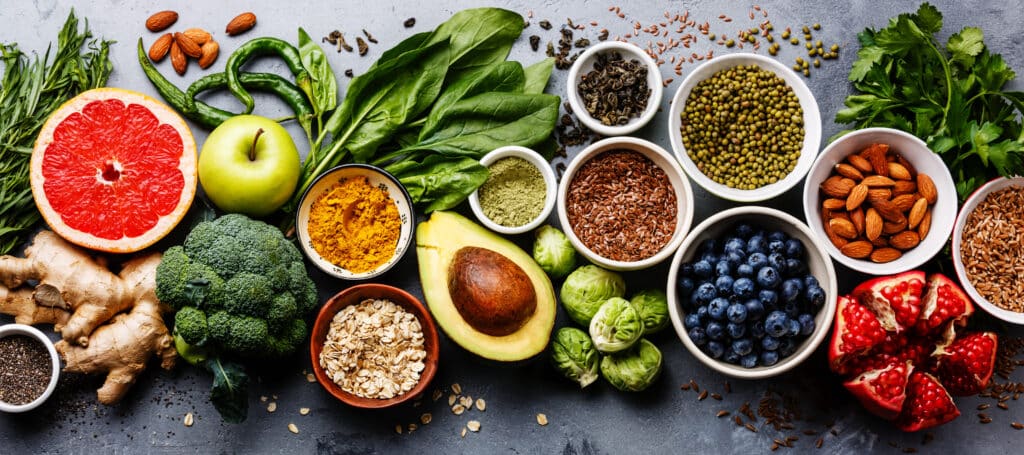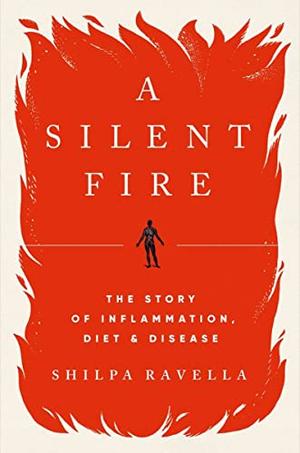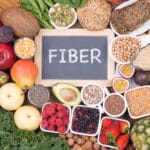When we talk about eating, we tend to put ourselves into certain groups. I have a sweet tooth! I’m a snacker! I’m a meat-and-potatoes lover! Did somebody say fried cheese?
For many years, I did the same thing. I ate a very Westernized diet—with a lot of fast food, as well as big pieces of meat with loads of unhealthy, saturated fats. Even though I knew better, it’s who I was—and how I ate. My thinking—and my eating—has evolved significantly. And I believe it starts with how we frame our eating style.
All of us fall somewhere on the spectrum of omnivore (you eat everything) to herbivore (you eat only plants). You could eat at one end of the extreme, or you could be some combination of the two, leaning closer to one end rather than the other.
The scientific evidence suggests that the closer we can get to eating a plant-based diet, the healthier it generally is for our bodies, our longevity, and our energy.
And that’s how I’ve shifted. I’ve drastically reduced the amount of red meat and saturated fats that I have, and I’m eating more vegetables, more fish, more nuts—and more foods that help my body, rather than hurt it.
That doesn’t mean you have to go all in—snap peas for every meal! It just means that the first step to eating healthier is being conscious of where you may lie on the spectrum and seeing if you can nudge your way to healthier choices.
For me, I eat this way about 80 percent of the time, which is a big improvement over how I was a decade ago, and my goal is to keep moving that number up—working to see where I can keep fueling my body with the foods that give me strength, energy, and the capacity to power me through all aspects of my life.
The Simple Way to Eat Healthier

Your natural question may be: How the heck do I do that?
It’s the eternal question in a world where no magic pill will zap your fat or wipe away the biological atrocities committed by so many of our processed and over-sugared foods.
In our quick-fix world, we want results fast, so we try to do everything at once. And that’s a surefire recipe for a big fat nothing. Instead, be kind to yourself and give yourself one little goal to form a new habit. Once you solidify that, try another and then another. The results will come if you practice patience. With yourself. And with the process.
Some suggestions for how you could approach it, modeled after the way I did it:
Step one: Cut out fast food. Eat real foods, slowly, and feel for cues when your belly is full. Don’t fall into the trap of fast food working because it may satisfy your urges and hunger quickly.
Step two: Look at the fats you’re having and cut down on the red meats, the butter, and other saturated fats. Sub in which chicken, fish, and olive oil.
Step three: Add more veggies. Add more veggies. Add more veggies. (One way we do it is to always have a salad before dinner as a way to get in lots of vegetables and also let the fiber help fill you up before your main meal.)
Step four: Sub out white foods for whole grains—whether it’s pasta or breads. They’re full of fiber and healthier than their white, refined counterparts.
My Secret Weapon

A hot dog may be a major edible attraction at ballparks, carnivals, and cookouts, but I also see this hunk of processed meat as my little piece of culinary kryptonite. (I use the term culinary loosely.)
That’s because, well, I love them.
Call them a temptation. Call them a guilty pleasure. Call them artery-clogging, fat-stoking torpedos that can blow up every organ in their path. I don’t care what you call them, but all I know is that whenever I’m in the neighborhood of a good hot dog, my Pavlovian response is to brush past the broccoli and pass the pork.
Someone recently asked me how I deal with temptations such as these. Truth is, I don’t always do it so well. I often give in, but I’ve learned to manage my proclivity for a Western diet by really being in tune to portion sizes and frequency. I don’t need hot dogs all the time. I don’t need the whole hot dog. And I certainly don’t need what a regular diet of hot dogs and other crappy foods will do to me.
So I’ve learned to take part thoughtfully. But even more importantly, I use this strategy to help me deal with tempting foods (and believe me, I’m not a perfect eater by any means, and I’m still working on it): When I see a hot dog, I have trained myself to not see it as a hot dog, but rather an image of a CT scan of my heart where I see the plaque forming, the arteries closing, and the heart attack coming.
It’s a powerful image. It’s a powerful message. And it helps me make better decisions.
Three or four bites here and there aren’t a big deal, but three or four bites over and over and over certainly are. And no mustard-drenched mystery-meat missile is worth that.
What is Dr. Rob Reading Right Now?

A Silent Fire – The Story of Inflammation, Diet and Disease
Shilpa Ravella (2022)
W.W. Norton & Company
3 things I learned from this book:
This made me think: Inflammatory processes in the body, especially when the process is out-of-balance, damages the body, which can cause diseases. Inflammation, particularly chronic inflammation, is likely the major contributor to non-communicable, lifestyle-related diseases. Science continues to elucidate the many mechanisms of action, including how excess salt leads to hypertension and altered immune functioning and how excess amounts of sugar cause insulin dysregulation, which leads to metabolic syndrome. It is now also known that excess sugar, primarily from added sugars to foods, activate NF-kB and other inflammatory cytokines. Lesson: more good reasons to cut excess salt and sugar from our diets. We simply do not need these added to good foods.
This made me stop: Chapter 10 – Sweet, Salty, Deadly. This chapter gives a good narrative of how, with increasing prosperity and abundance, “rich foods” crept into the American diet, first among the wealthy and then, by the end of the 20th century, were causing a widespread obesity epidemic. These rich foods—with an abundance of meat and animal protein, salt, and added sugars—took hold because they were more flavorful and calorie-packed than traditional healthy foods of vegetables, fruits, and whole grains. Initially rich foods were a problem because they caused indigestion, constipation, and upset stomach in people who ate them regularly. Later, these same people were demonstrating other issues such as diabetes, heart disease, and often reduced lifespan.
One good side to this growing health crisis of the 19th century was the rise of some health advocates who eschewed modern rich diets in favor of “healthful ways of living.” One such influential person was John Harvey Kellogg, who drew from his upbringing as a 7th Day Adventist, promoting healthful foods such as whole grains, fresh fruits and vegetables, and no added sugar or salt.
This made me keep reading: Chapter 14 – Shaping Substance. A big contribution to dietary health came together in the early 20th century when a scientist named Elie Metchnikoff isolated probiotic bacteria from yogurt and found that ingesting these bacteria helped reverse certain digestive conditions by crowding out pathogenic bacteria. Fermented foods have been used by cultures all over the world for millennia and the benefits of eating these naturally fermented foods were well known but following on the heels of Alexander Fleming, it was Metchnikoff who demonstrated that at least part of the benefit was due to certain strains of beneficial bacteria in the fermented foods.
Following on the work of Metchnikoff, John Harvey Kellogg proposed that an alternative solution to feeding people probiotic bacteria was that if people ate diets rich in dietary fiber such as whole grains, fresh fruits, and vegetables, then the beneficial bacteria would naturally thrive in the digestive tract, crowding out the bad bacteria. Kellogg’s theory has led to the development of prebiotic fiber supplements and foods.



Hahaha, similar like hot dogs, when the weather gets nicer, friends and I love to BBQ a lot! All kinds meats are loaded. Thank you Dr. Sinnott for your sharing, definitely we will add more fresh veggies with juicy sizzling lambs, chicken wings, and some probiotics after.
My body says more fibers please now.